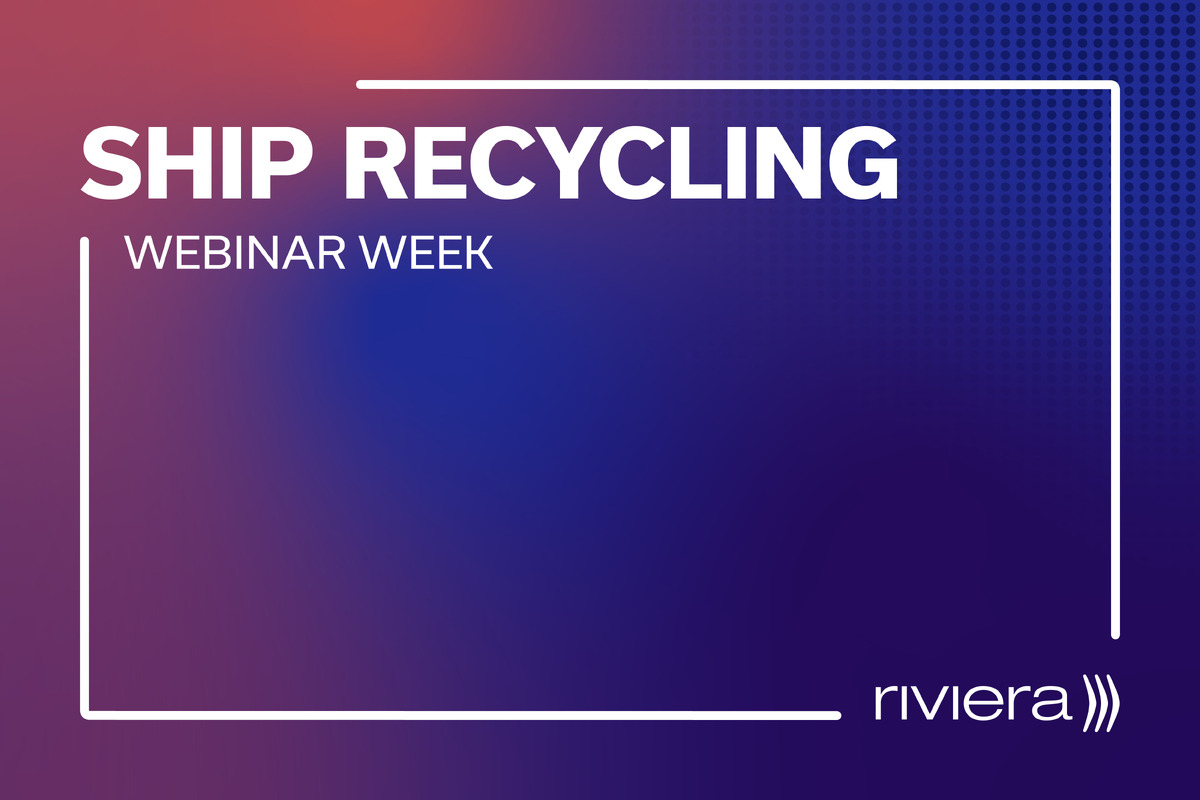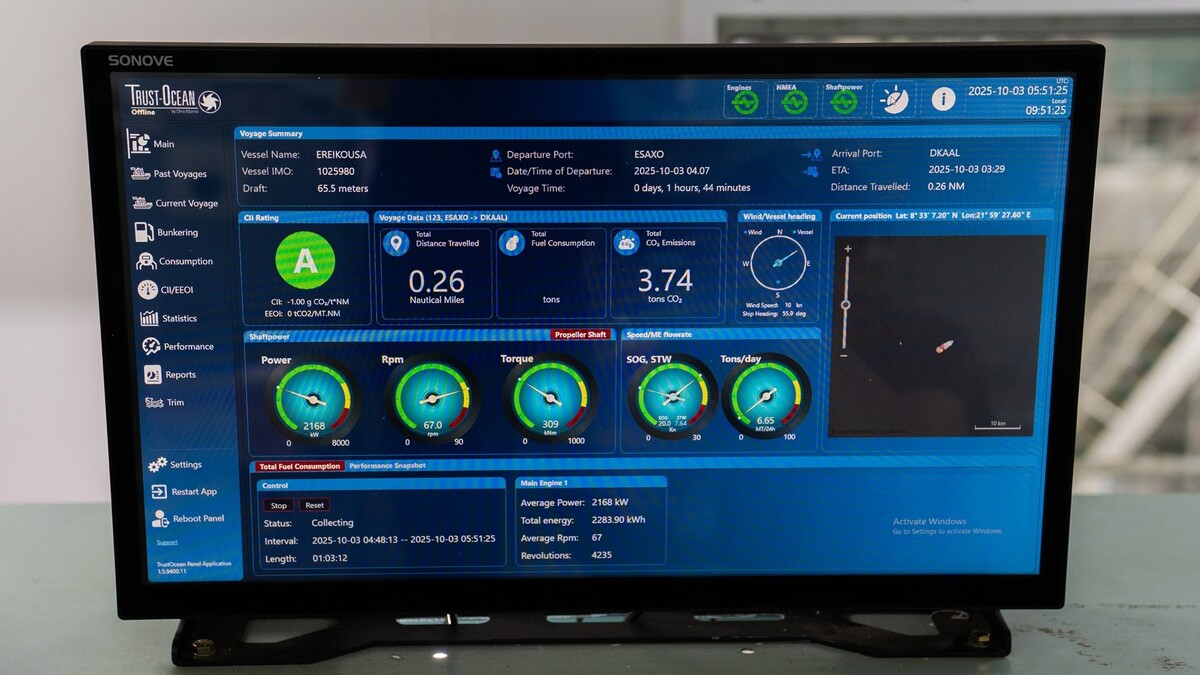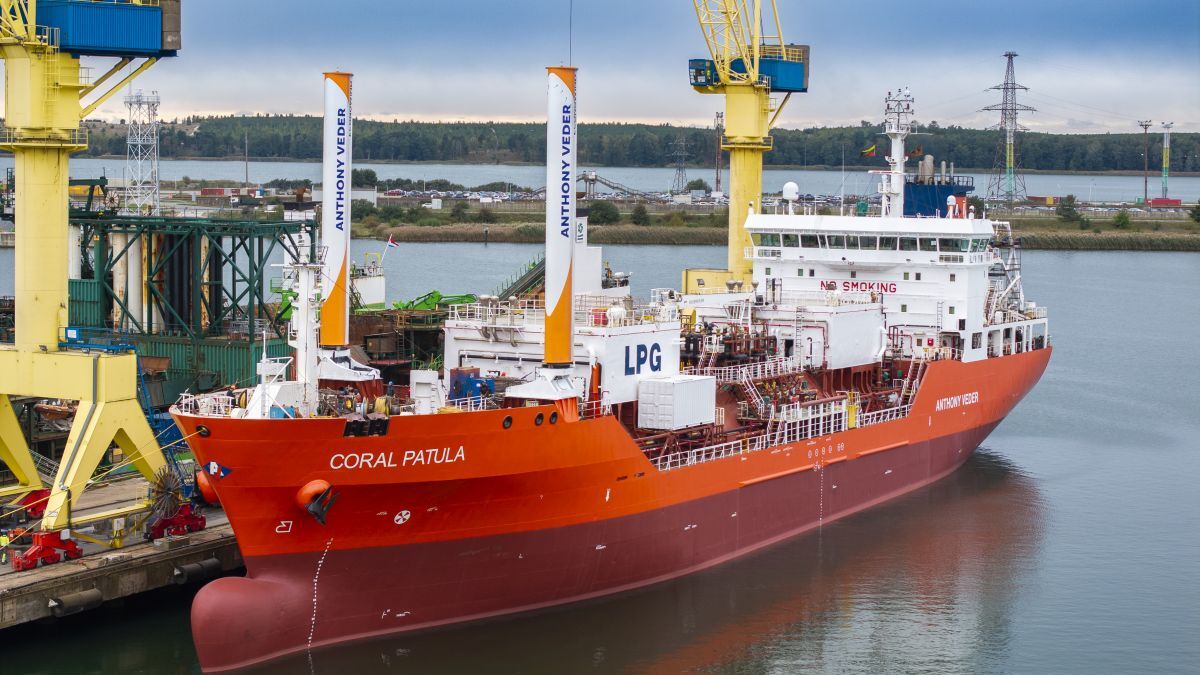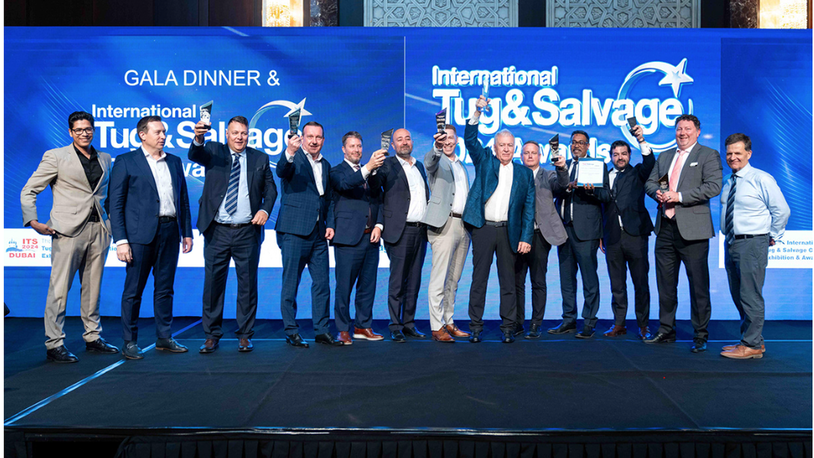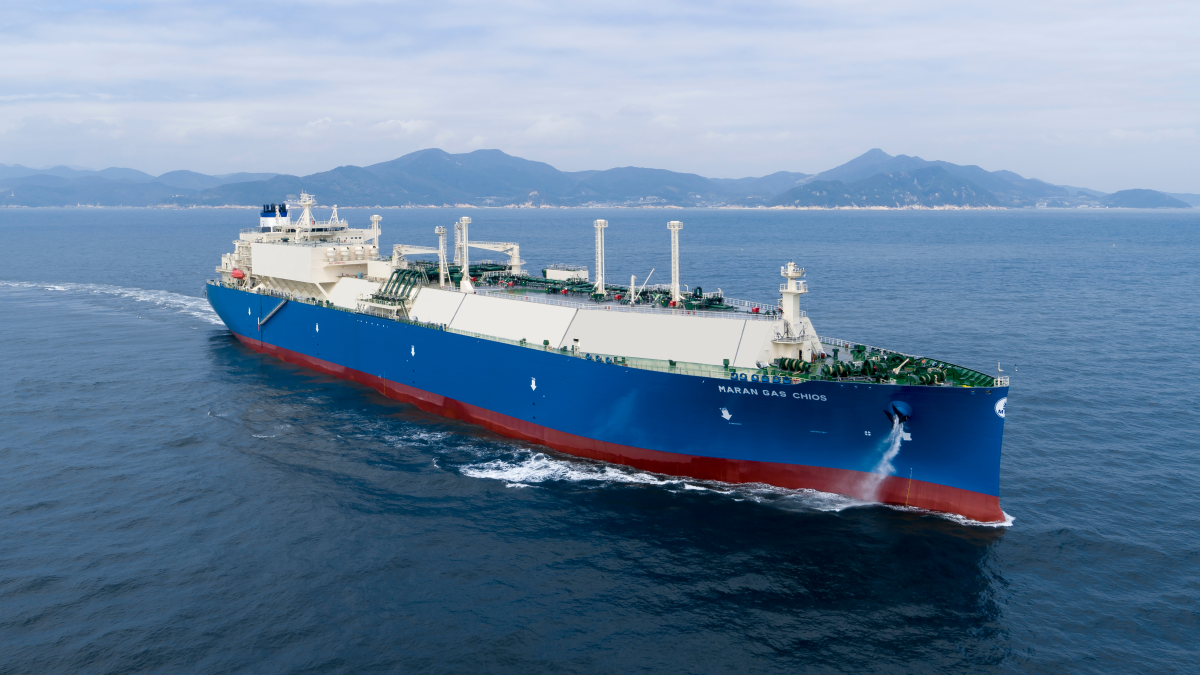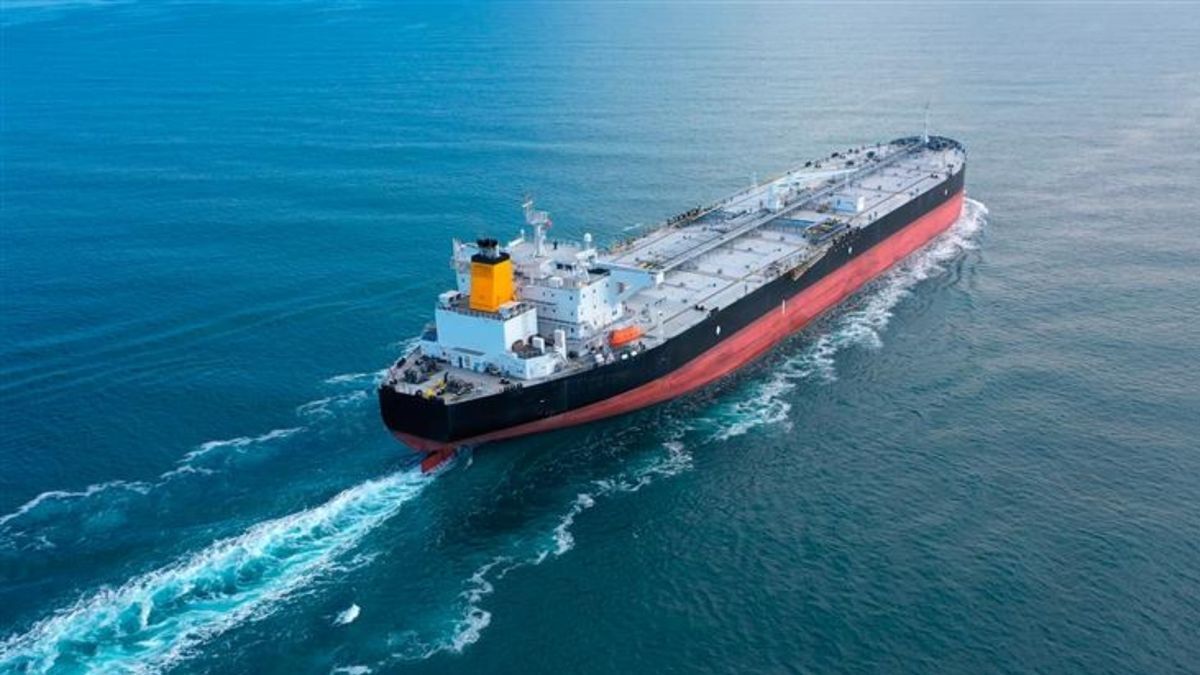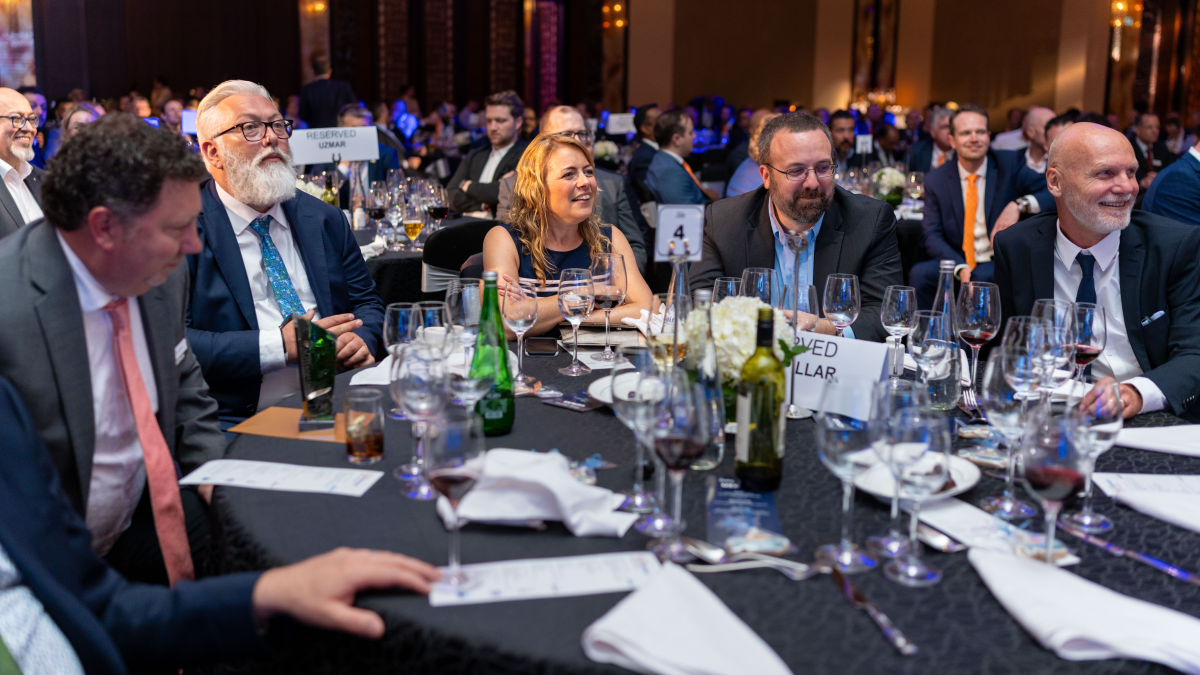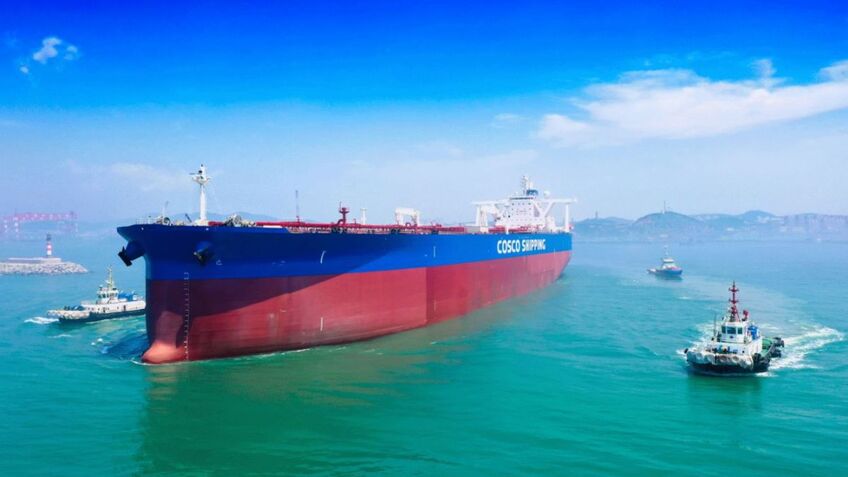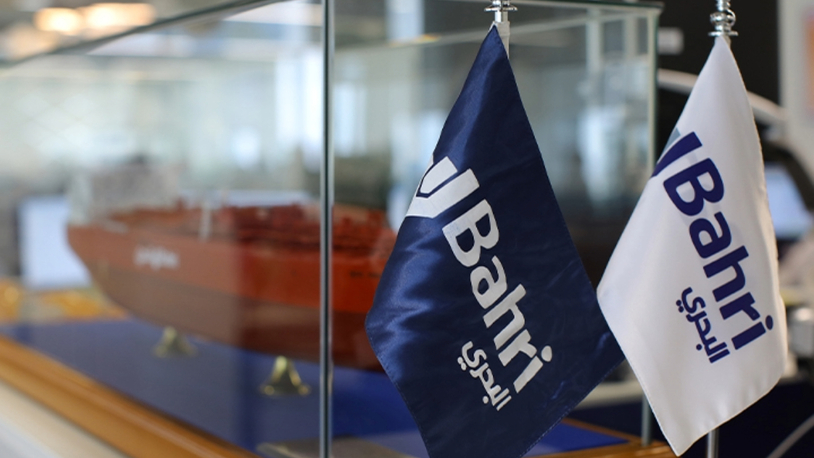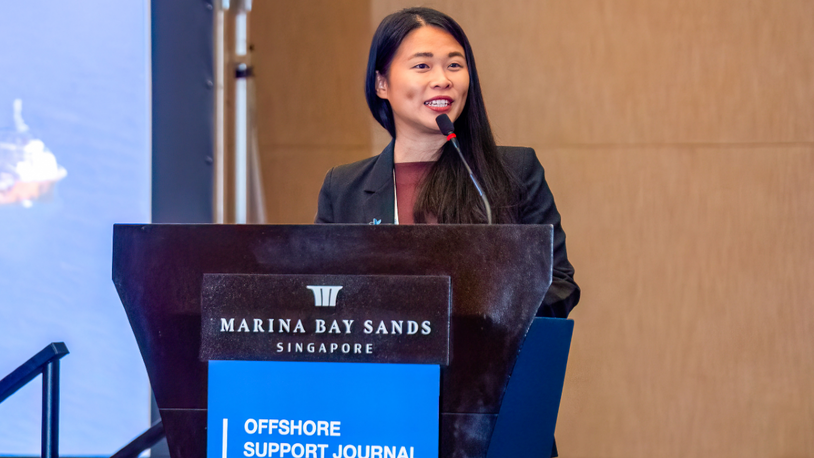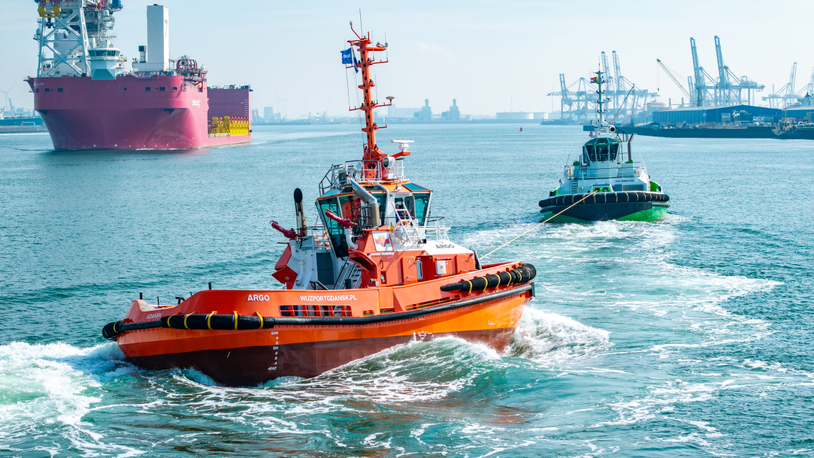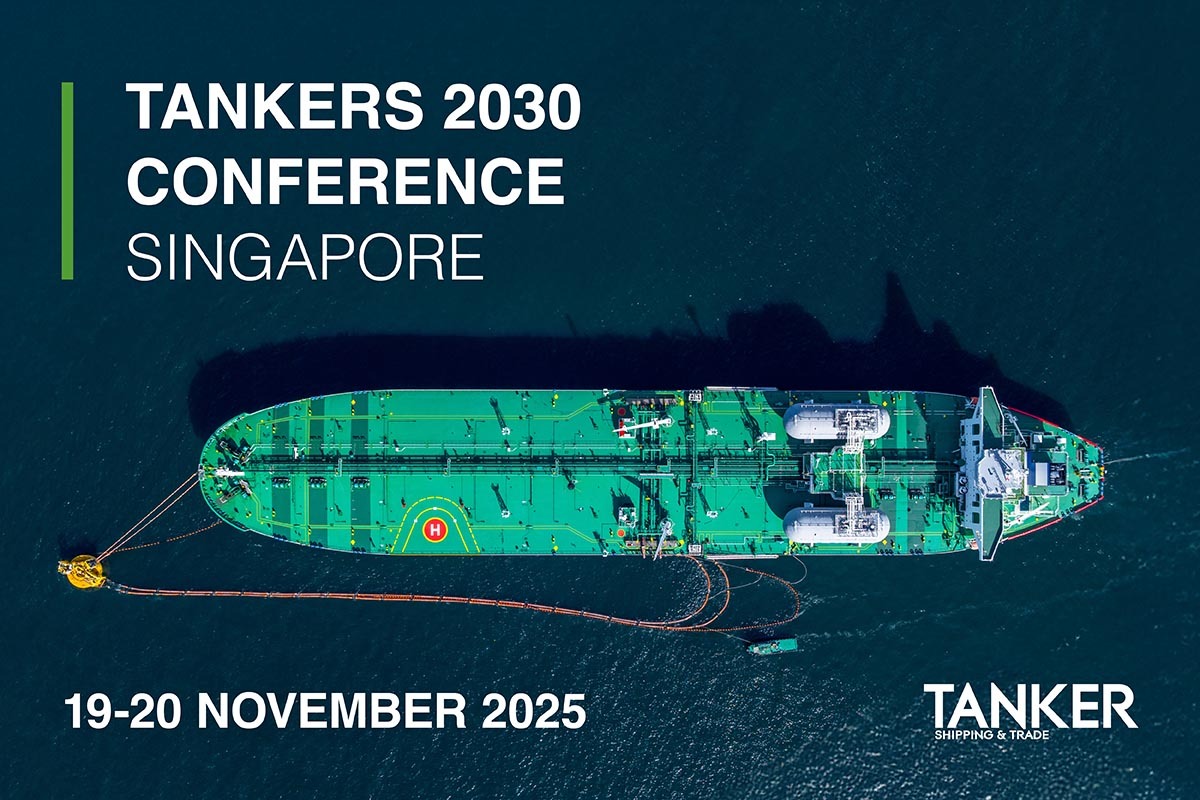Business Sectors
Events
Ship Recycling Webinar Week
Contents
Register to read more articles.
Tanker repair and conversion yards embrace complex retrofits
Tighter regulations and retrofit demand are reshaping the tanker repair and conversion landscape, according to BLRT Repair Yards chief executive Andrejus Babachinas
For shipowners navigating decarbonisation regulations and commercial pressure from charterers, retrofitting has become more than a compliance issue – it is now a core strategy for preserving fleet competitiveness.
According to BLRT Repair Yards chief executive Andrejus Babachinas, demand for tanker repair and conversion is increasingly shaped by regulatory mandates such as the Carbon Intensity Indicator (CII) and Energy Efficiency Existing Ship Index (EEXI), combined with operational cost factors and mounting pressure for visible sustainability action.
“These regulations are no longer just on the horizon – they directly impact a vessel’s competitiveness,” said Mr Babachinas.
As a result, shipowners are increasingly investing in retrofits that both extend vessel life and meet environmental standards, especially in the tanker segment where decarbonisation has become an expectation rather than an option.
Retrofit projects deliver measurable results
BLRT Repair Yards has executed a number of complex retrofit programmes that illustrate the evolving technical landscape.
On 2005-built general cargo vessel Danita, the installation of an air lubrication system led to a noticeable improvement in performance. “Fuel consumption dropped by approximately 7–8%, immediately improving operational performance and energy efficiency ratings,” said Mr Babachinas.
In a separate initiative, Anthony Veder engaged the yard for the installation of Econowind VentoFoil sails on two ethylene carriers – Coral Patula and Coral Pearl.
These wind-assisted propulsion devices support the main engines by utilising wind power, reducing fuel burn under favourable conditions. Fuel savings of 5% are typical, but the system can deliver over 10% in certain conditions.
Further illustrating the shift towards deep conversion, Trans Hav (ex-Misida) and Misada, operated by Sea-Cargo, are undergoing propulsion system upgrades, hull optimisation, and energy system modernisation. “Based on preliminary assessments, both ships are expected to achieve more than a 20% improvement in energy efficiency,” he said.
Capability is a competitive differentiator
As complexity increases, technical capability becomes a key market filter and Mr Babachinas was frank in his assessment: “If the yard is not capable of handling the required volume or lacks sufficient technical expertise, it simply drops out of the game.”
BLRT Repair Yards has positioned itself among those with both engineering depth and infrastructure scale – the company operates across Lithuania, Estonia and Finland, with seven docks, including the largest floating dock in the Baltics and one of the largest drydocks in Northern Europe. “Those who invest in development and keep pace with the industry stay competitive and win,” he said.
What owners are asking for
With the regulatory bar continually rising, energy-saving devices and fuel conversions dominate the work order.
“The most in-demand modifications include the installation of preswirl stators, propeller boss cap fins and engine optimisation,” said Mr Babachinas.
There is also growing interest in conversions for methanol, biofuels, and, looking ahead, ammonia. Hybrid power systems and battery installations, particularly for manoeuvring and port operations, are also gaining traction.
Digital tools become standard
Digital technologies are now deeply embedded in the drydock and repair cycle.
Mr Babachinas said remote inspections are increasingly used to eliminate the need for a physical surveyor, saving time and cost.
Meanwhile, digital twins support wear monitoring and predictive maintenance, helping to plan drydocks more effectively.
“Advanced diagnostics help identify components that actually need replacement versus those that can remain in operation,” he added.
What lies ahead
Looking forward, Mr Babachinas sees alternative fuel conversions as a clear frontier, especially for ammonia and hydrogen.
Wind-assisted propulsion systems, such as the VentoFoil sails already deployed by Anthony Veder, are also expected to proliferate. Developments in onboard automation and energy management will play an increasing role in retrofit scopes.
An additional area of future importance is additive manufacturing, “3D printing has the potential to change how we approach the repair of certain components, right at port or even on board the vessel,” he said.
While not yet mainstream, such innovations are being closely watched for their capacity to reduce downtime and streamline parts logistics.
For the tanker industry, retrofits are no longer limited to lifespan extension – they are fast becoming a strategic response to regulatory and operational demands.
BLRT Repair Yards’ experience reflects a broader shift: owners must now treat repair yards as long-term partners in decarbonisation.
As Mr Babachinas observed, “Market dynamics dictate the rules now, and we, as industry players, must be fully prepared.”
Sign up for Riviera’s series of technical and operational webinars and conferences, including Trends in Tanker Repair and Conversion:
- Register to attend by visiting our events page.
- Watch recordings from all of our webinars in the webinar library.
Related to this Story
Events
Ship Recycling Webinar Week
International Bulk Shipping Conference 2025
Tankers 2030 Conference
Maritime Navigation Innovation Webinar Week
© 2024 Riviera Maritime Media Ltd.
